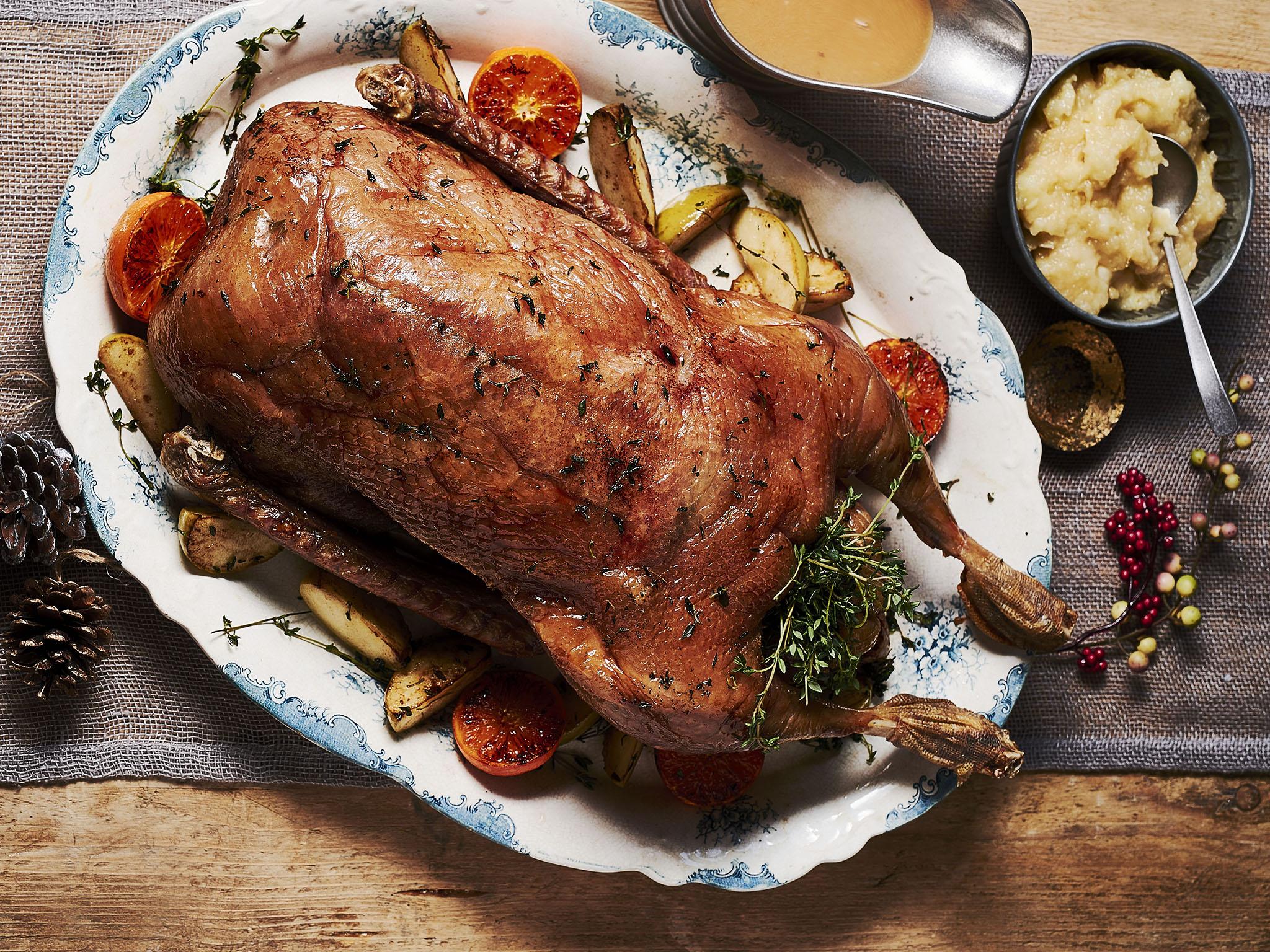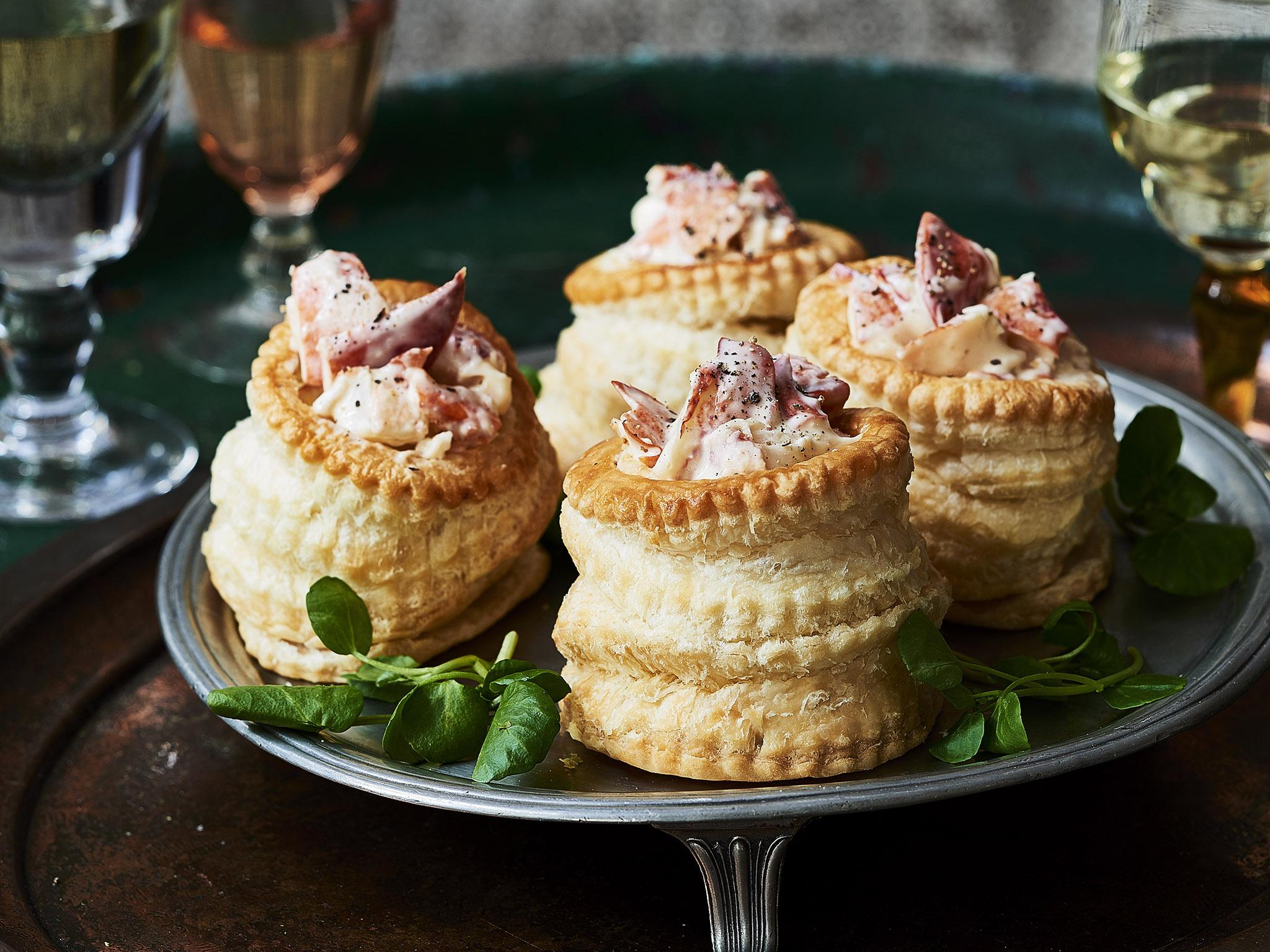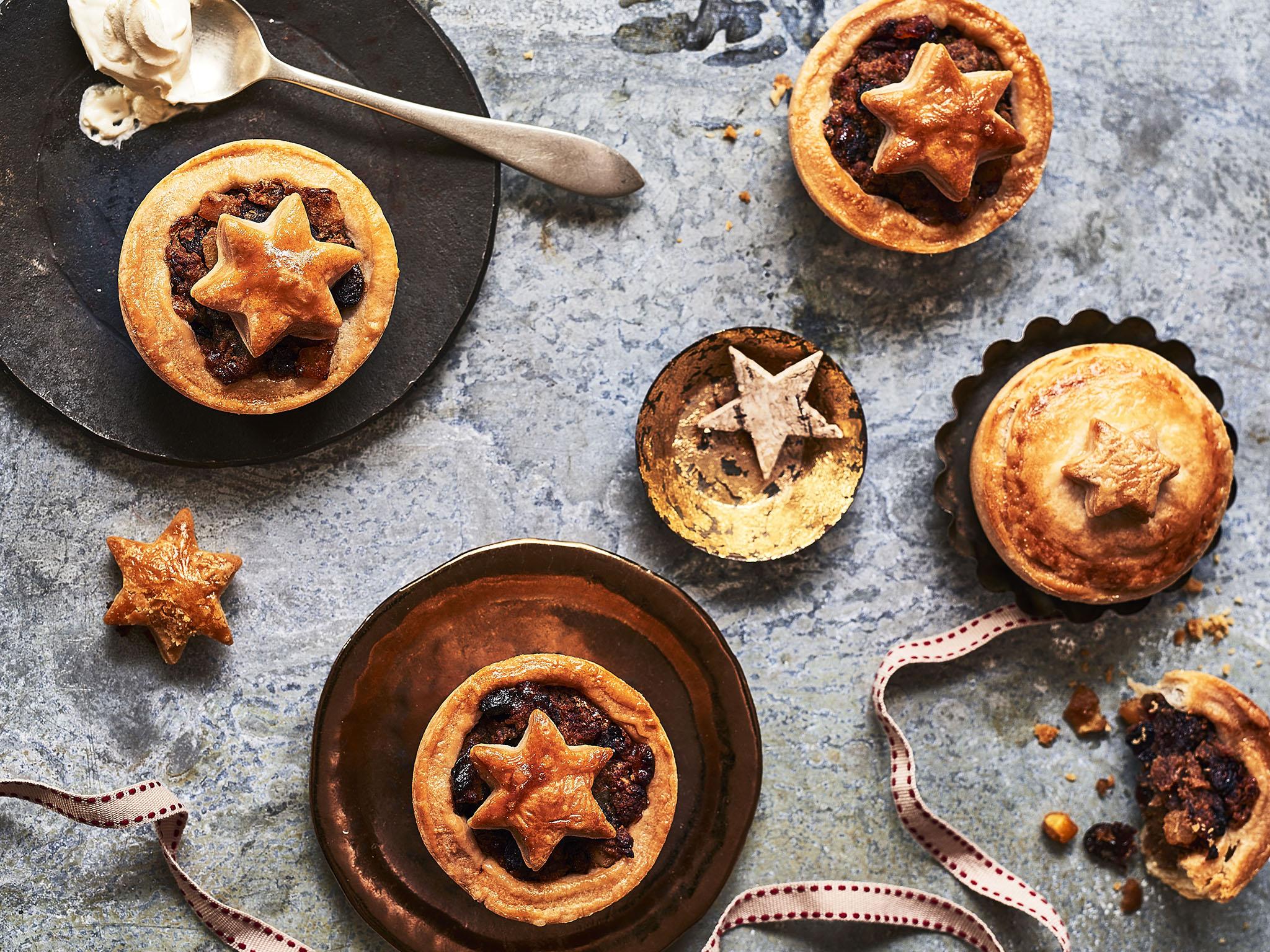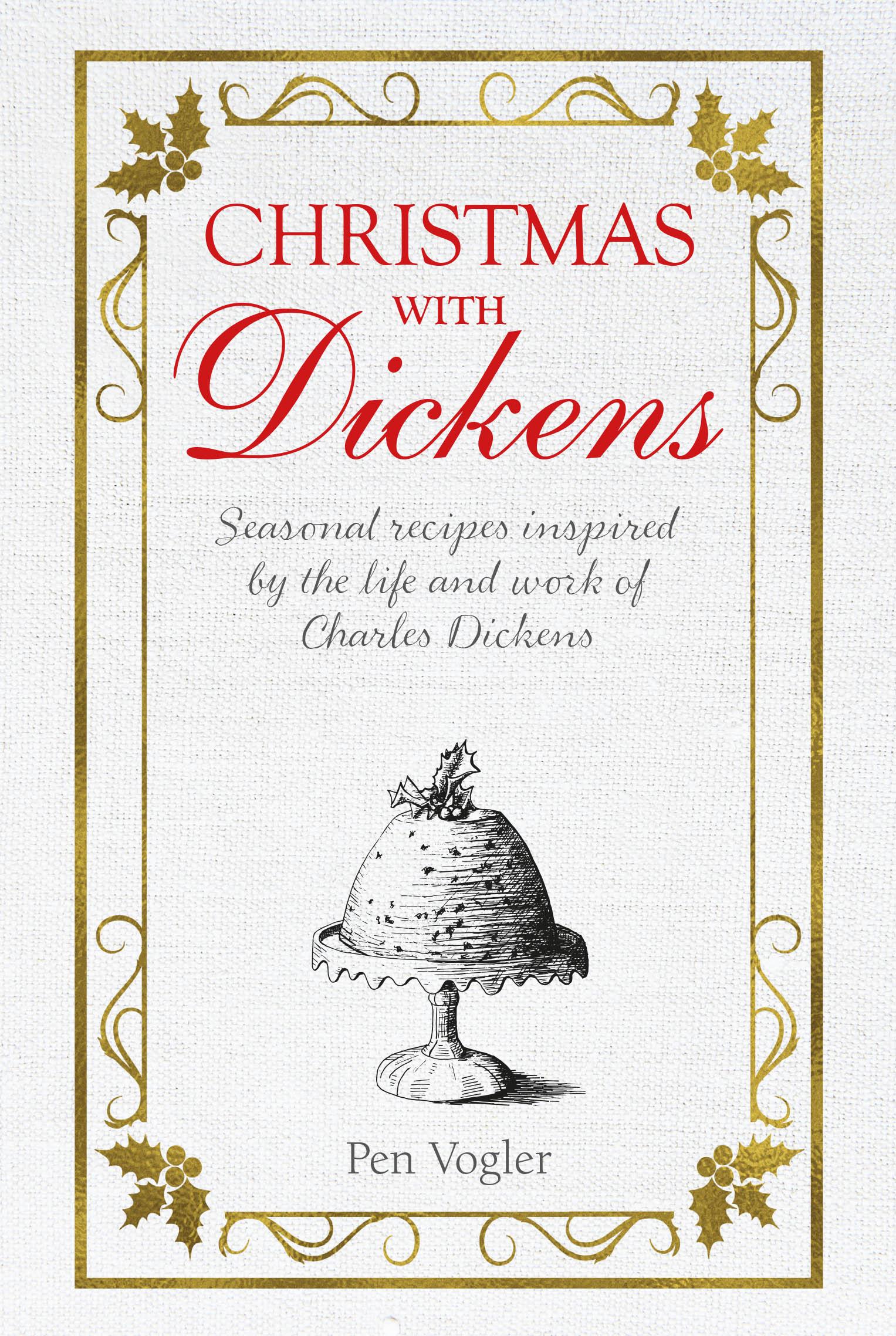Christmas with Dickens: Classic Victorian festive recipes from the author's novels
Charles Dicken's books often featured Christmas and detailed the food served there, from the Cratchit's turkey to mince pies in Great Expectations. Here Pen Vogler has brought them together into one book

Your support helps us to tell the story
From reproductive rights to climate change to Big Tech, The Independent is on the ground when the story is developing. Whether it's investigating the financials of Elon Musk's pro-Trump PAC or producing our latest documentary, 'The A Word', which shines a light on the American women fighting for reproductive rights, we know how important it is to parse out the facts from the messaging.
At such a critical moment in US history, we need reporters on the ground. Your donation allows us to keep sending journalists to speak to both sides of the story.
The Independent is trusted by Americans across the entire political spectrum. And unlike many other quality news outlets, we choose not to lock Americans out of our reporting and analysis with paywalls. We believe quality journalism should be available to everyone, paid for by those who can afford it.
Your support makes all the difference.Roast goose
Poor families would ensure that they got their Christmas goose by paying into a goose club and, without an oven, having it roasted by the baker. In A Christmas Carol, the Cratchit children go wild outside the bakery at the smell of sage and onion stuffing, and the whole family admire their goose’s flavour (and cheapness).
Mrs Cratchit ekes it out with apple sauce and mashed potatoes. A turkey, costlier and harder to buy in cities, is what the reformed Scrooge treats the Cratchit family to.
Serves 8–10
1 goose, about 11–13½ lb/5–6kg (with giblets and neck)
1 onion, peeled
a few sprigs of sage or thyme
For the stuffing
2 large onions, finely chopped
3 tablespoons freshly chopped sage
4 cups/200g stale breadcrumbs
a little salt and freshly ground black pepper
2 free-range eggs
a little hot stock
For the gravy
goose neck, chopped goose wings
1 carrot, roughly chopped
1 onion, roughly chopped giblets
2 bay leaves
6 peppercorns
1 tablespoon all-purpose/plain flour
To serve
potatoes and/or root vegetables, for roasting alongside the goose
unsweetened apple sauce/stewed apple
Preheat the oven to 400°F/200°C/Gas 6.
Chop off the wings and keep these for the stock. Pull out all the fat from inside the bird and cut off any extra visible fat. (Melt this fat gently in a saucepan, then strain it through a fine strainer/sieve or muslin. Keep in a jar in the fridge to roast vegetables or lean meat, such as rabbit.)
To make the stuffing, sweat the onions in a little of the goose fat until they are translucent. Add the sage, breadcrumbs, and seasoning, and bind with the eggs and a few spoonfuls of hot stock—the mixture should be moist enough to bind together but not at all sloppy. You can cook the stuffing separately if you prefer. If you are using it to stuff the goose, you will need to weigh the stuffing first.
Using a sharp skewer or knife, prick the skin of the bird all over, without going into the meat below (this will help the fat to run off). Rub salt into the skin and the cavity of the goose, and put either the peeled onion and sprigs of sage or thyme, or the stuffing, into the cavity.
To calculate the cooking time, add the weight of the stuffing to the weight of the bird if you are cooking the two together; cook for 15 minutes per 1 lb/450g plus 15 minutes; add 30 minutes’ resting time.
Place the goose on a wire rack above a tray and roast in the preheated oven for the required time. Baste from time to time with the fat that collects in the tray. If the goose browns too quickly, cover the breast with foil.
Meanwhile, make the stock for the gravy by frying the chopped neck and wings and vegetables in a little goose fat in a large pan. Pour off any excess fat, add the giblets, bay leaves, and peppercorns and 1¾ pints/1 litre water. Let this simmer for 1½ hours, then strain and set aside.
When you are ready to roast your potatoes and vegetables (about 30 minutes before the goose comes out of the oven), pour out the fat from the tray, leaving enough for roasting (either take the goose out and put it on a board, holding it with two clean dish towels, or put another tray temporarily underneath, so the fat doesn’t drip onto the floor of your oven). Continue to roast the goose on the rack with the vegetables in the tray below. If you are cooking the stuffing separately, place it in a gratin dish and cook in the oven for 30 minutes.
When the goose is cooked through and the juices run clear, transfer it to a large plate, cover with foil, and let it rest for 20–30 minutes before carving. To make the gravy, thicken the juices in the roasting tray with a little flour over a low heat, and slowly add the strained stock. Pour into a gravy boat. Serve with unsweetened apple sauce/stewed apple.

Lobster patties
In the novel Dombey and Sons, Paul Dombey’s christening feast is a grand but icy occasion with its “cold fowls-ham-patties-salad-lobster”. These lobster patties are luxurious and also warm – perfect for winter festivities. Eliza Acton commends the Victorian patty (from the French for pastry) as an elegant and economical way of making lobster stretch further “at supper parties” and for using up leftover turkey, fowls,partridges, or pheasant.
Makes 4 patties
12 oz/350g ready-made puff pastry
1 cup/250ml fish or chicken stock
1 level dessertspoon all-purpose/plain flour
1 cup/250ml light/single cream
a few drops of lemon juice
1 cooked lobster, meat chopped
Preheat the oven to 400°F/200°C/Gas 6. Line a baking tray with baking parchment paper.
To make the pastry cases, roll out the pastry to ½ inch/12mm thick, taking care to keep it even so it rises evenly. Cut 2½-inch/6-cm circles and transfer them to the lined baking tray. Dip a 1¼-inch/3-cm cutter into very hot water and use it to cut halfway through the pastry. Bake in the preheated oven for 10–15 minutes until well risen and golden brown.
To make the lobster sauce, boil the stock to reduce it by half. In a bowl, mix the flour with a tablespoon of the cream, then stir in the rest of the cream. Gradually stir the warm stock into the cream mixture. Return it to the pan, add the lemon juice, and heat very gently, stirring all the time, for about 5 minutes, until it is a thick coating consistency. Take it off the heat. Add the chopped lobster meat.
Scoop out the lids of the patties using a sharp knife and trim the insides of the patties. Fill with the lobster sauce and serve warm. This filling can be made with any fish or meat, using fish or meat stock as appropriate.

Chestnut and apple mince pies
Makes 12 deep-filled pies
This old Scottish recipe brings together the chestnuts from the trees around Joe’s forge in Great Expectations and the mincemeat that went into Mrs Joe’s “handsome mince-pie,” made before Pip stole the leftovers for Magwitch. The chestnut paste lightens the mix and gives a delightful toffee-ish taste.
For the pastry
2 2/3 cups/350g all-purpose/plain flour
¾ cup/175g cold butter
1 egg yolk
beaten egg or milk, to glaze
For the mincemeat
1 large cooking apple, peeled, cored, and finely chopped (approx. 7 oz/200g)
1 cup/200g cooked chestnuts, finely chopped
6½ tablespoons/80g dark soft brown sugar
1 teaspoon ground cinnamon
2 tablespoons brandy
zest of an orange or clementine
1½ cups/180g mixed raisins, currants, and golden raisins/sultanas
½ cup/60g candied/mixed peel
1 cup/100g suet
To make the pastry, sift the flour into a large bowl. Cut the cold butter into small pieces in the flour using a knife, then stir until every piece is coated with flour. Using your fingertips, rub the butter into the flour until it is no longer visible. Add 2 tablespoons iced water to the egg yolk, and stir this into the flour. Mix with the blade of a knife, adding a little more cold water to make it into a stiff paste. Bring it together into a ball with your hands, touching it as little as possible. Cover with clingfilm, and chill in the fridge for 20–30 minutes or until ready to use.
To make the mincemeat, cook the apple, chestnuts, and sugar together in a very little water for 15–20 minutes until soft and toffee-ish. Purée them together with the cinnamon, brandy, and orange zest. Adjust the flavourings to taste. Allow to cool, then mix in the dried fruit and suet. Preheat the oven to 400°F/200°C/Gas 6.

Roll out the pastry to about 1/8 inch/3mm thick, and cut into rounds of about 4 inches/10cm to line muffin trays. Fill each pastry case with mincemeat, packing down the mixture.
Roll out the remaining pastry and cut into rounds of about 3¼ inches/ 8cm to form the lids. Crimp them together and seal with beaten egg or milk. Decorate the tops (or replace the lids) with holly leaves, stars, angels, or bells, cut from the pastry trimmings, then brush the surface with beaten egg or milk. Bake in the preheated oven for about 15–20 minutes until golden.
'Christmas with Dickens' by Pen Vogler, published by CICO Books (£9.99) is out now. Photography by Ria Osborne
Join our commenting forum
Join thought-provoking conversations, follow other Independent readers and see their replies
Comments